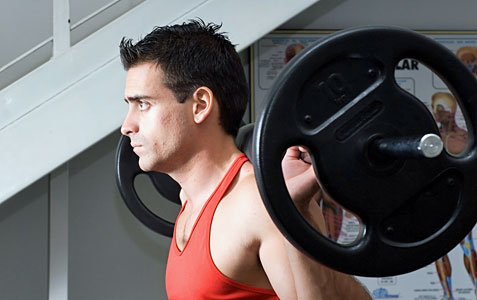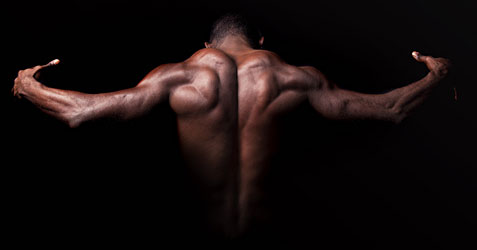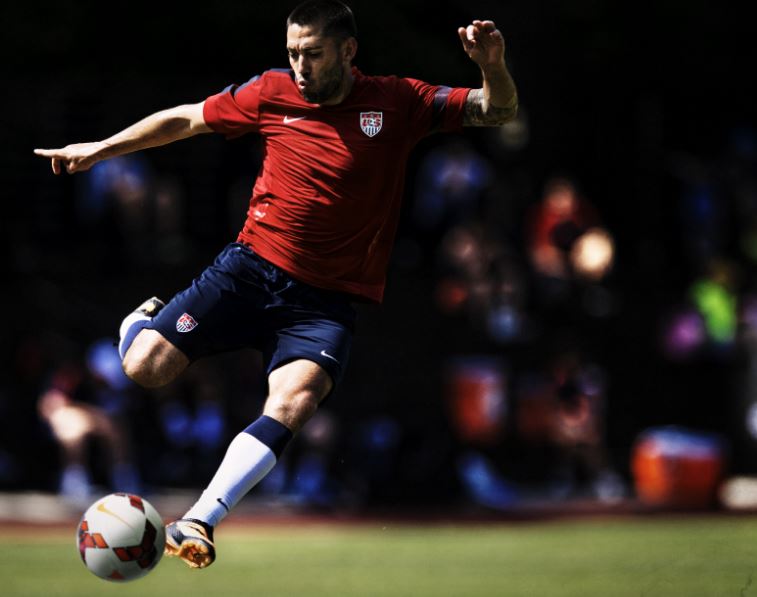
A column by Mike Furci that brings you research, trends and other info to help you with your fitness, health and nutritional needs.
…agriculture is trashing our environment. The Telegraph discusses what decades of agriculture has done to the life of our soil.
“American scientists have made an unsettling discovery. Crop farming across the Prairies since the late 19th Century has caused a collapse of the soil microbia that holds the ecosystem together.
A team at the University of Colorado under Noah Fierer used DNA gene technology to test the ‘verrucomicrobia’ in Prairie soil, contrasting tilled land with the rare pockets of ancient tallgrass found in cemeteries and reservations. The paper published in the US journal Science found that crop agriculture has “drastically altered” the biology of the land. “The soils currently found throughout the region bear little resemblance to their pre-agricultural state,” it concluded.”
(The Telegraph Nov 27, 2013)
It’s obvious what big agriculture and the government has done to our environment and food supply. It’s time to start supporting local farming.
…in the 1970s, researchers who believed our deteriorating diet had a profound effect on crime, tried to reduce crime through diet. “Research by Hippchen, Schoenthaler, Schauss, and others concluded that hypoglycemia, caused by a diet high in sugar and refined carbohydrates, could account for most of anti-social behavior, they found that hypoglycemia causes the brain to secrete glutamate, a neurotoxin, which leads to agitation, depression, anger, anxiety, panic attacks and violent behavior.”
It’s becoming more apparent that our deteriorating diet in the U.S. is cause for alarm. The meteoric increase in many disorders and diseases (i.e., autism, depression, cancer and diabetes) has a linear relationship to denatured and devitalized modern foods.
((2013). Wise Traditions, 14(1), 19-35.)
…many trainers and coaches still espouse to pre-exercise warm-up that includes stretching. The objective of a study conducted by Brazilian researchers from the University of Sao Paulo was to compare the effects of static stretching, ballistic stretching and proprioceptive neuromuscular facilitation on maximal strength, number of repetitions at a sub-maximal load (endurance) and total volume. All 12 participants completed eight weight training sessions. Four were designed to stretch prior to weight training. Researchers found that all stretching protocols significantly improved range of motion, but significantly reduce leg press one leg maximum, number of repetitions at a sub-maximal load and total volume. (J Strength Cond Res 26(9): 2432–2437, 2012)
…the barbell back squat (BBS) is widely regarded as the king of all exercises. It is without question. No other exercise works as many major muscle groups as thoroughly or as intensely as the squat. It is also a highly functional and safe exercise, and is used as a key component of many strength training programs including Olympic lifting. The BBS is also a mainstay in bodybuilding routines given its record for overall leg development. Because of its efficacy and versatility, the squat has been studied repeatedly for many different purposes. A review published in the Journal of Strength and Conditioning Research examined studies that investigated muscle activation during the BBS to clarify how the exercise can be appropriately applied for different goals. The following are some highlights of this review:
• Increasing the stance width increases the activation of the adductors and gluteus maximus, but not the quadriceps or hamstrings.
• Activation of the muscles of the legs and trunk increase as a consequence of the increase in external load not stance width.
• Free BBS elicits and higher overall EMG (muscle activation) than squats in a smith machine, leg press and leg extension.
• The squat at moderate loads is a more effective method of activating the trunk stabilizers compared with other instability trunk exercises.
• Muscle activation is not influenced by the use of a weight belt.
(The Journal of Strength and Conditioning Research 26(4):1169-1178, 2012)














